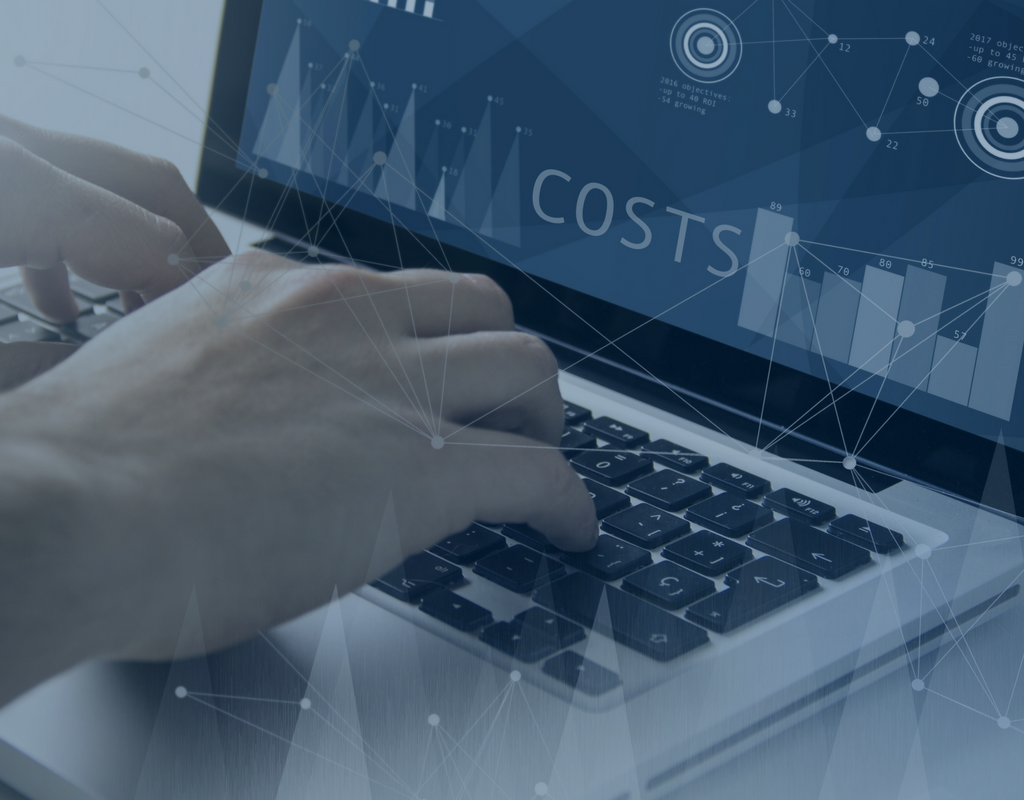The Future of Software and How You Can Control Costs

- January 30, 2018
- 12:00 pm
- Blog, Leasing, Software
In the ever-changing world of technology, it is easy to get lost in the benefits and features of each new advance and not see the increasing costs that can be associated with having the best infrastructure to run your business. The larger concern is usually the high cost of maintaining hardware; a hosted, subscription software environment often seems a cash-flow-friendly complement. But be warned: While the upfront cost may look attractive, the amount spent over the long run, as well as the the impact of future costs to strategic planning, can make monthly subscriptions an extremely expensive option.
Here are some tips from our experience with clients making software-buying decisions.
- Know your costs for the next five years. Software is typically not used for a month or even a single year; the average life span for a software product is three to 10 years. Software companies would like you to think in the short term when making a purchase decision — thus the smaller, initial outlay so cost will appear less of an obstacle — but planning for the long term is where the savings lie. Depending on the provider, typical savings on the same software bought with your next five years in mind, compared to paying for it month-to-month in subscription fees, can be as much as 10 to 40 percent over the same number of years.
- Control automatic cost increases. Look at your subscription license agreement and realize how much the software company can raise the subscription price year after year. Many say the cost of renewing your subscription may rise as much as 10 percent each year. Purchasing for multiple years, or signing a multiyear contract, can avoid or mitigate this automatic cost increase.
- Research and establish your full implementation costs; look for prepaid or set pricing. Too often, not having an agreed-upon budget can nickel-and-dime your solution. We see customers who initially thought a project would cost $75,000 paying twice that to get it working properly. This can be due to myriad factors, but having the right partner, exploring the best solutions up front, and knowing what you need the software to do to make your company efficient and profitable can go a long way in controlling scope — and cost — creep.
- Find out what other software you’ll need to supplement the core solution. You’re usually not buying only the main ERP, CRM, or HRMS software, but will require additional middleware or third-party plug-ins to run the system properly. There are thousands of supplemental software programs used to help run the major platforms, and cost ranges are huge. It is extremely important to know this up front. We have seen clients duped into implementing less-expensive add-on software only to find later they actually need the more expensive option.
Know the full costs up front as much as possible. When you have this five-year plan and budget in hand, you can see the overall picture and better control your costs. So how then do you pay for all this to take advantage of the savings your plan provides and avoid cost overruns? There are various methods.
- Pay cash upfront. Cash is always king when it comes to lower total costs — but still recognize it may reduce much-needed working capital for your day-to-day operations. (Remember: Cash flow is why the monthly software-subscription model looks so attractive initially.)
- Use a line of credit. This will usually offer the best variable rate, but don’t forget that lines of credit are intended for short-term borrowing, not long-term assets like technology infrastructure components. Plus they may have additional fees, payment schedules, and other requirements and parameters when used.
- Get a fixed-term installment loan or payment agreement. Software can be financed along with professional services, maintenance, and most third-party software. Programs with low rates may let you take advantage of the prepaid discounts from software suppliers. These discounts can more-than-offset any finance charges and still give your company a substantial savings over the duration of your five-year plan. With a fixed term, you don’t need to worry about rising or variable interest rates, which makes your project budget far more realistic.
Recent Posts
- Bonus Depreciation is About to Phase Down to 80% in 2023 December 29, 2022
- Tax Benefits of Buying Equipment & Software Before December 31, 2022 December 8, 2022
- How the Inflation Reduction Act Impacts your Business and You and your Family August 16, 2022
- Recession? What Recession? July 27, 2022
- Dimension Funding Has Paperless Financing April 26, 2022





